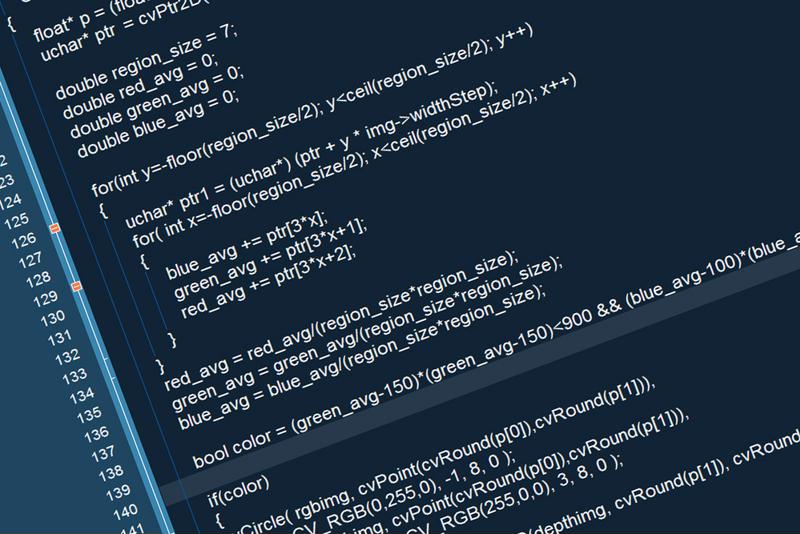3 ways to Contend with Legacy Code in your Platform
Many software or platform providers end up in a tricky situation when it comes to their legacy products. On one hand, these legacy products will often use old code, sometimes featuring niche programming languages, making them difficult to update and maintain. On the other, the nuanced requirements of their customers may make those legacy systems uniquely valuable and difficult to replace. This problem presents a difficult choice for software companies. Do they create a new solution and risk having it not take hold in the market or upset their current customer base, or do they contend with costly, complex legacy systems and risk having a limited talent pool to rely on due to an archaic programming language?
App modernization could be the solution. Taking the existing app and updating the code, rebuilding the underlying architecture and reconfiguring the design to work in modern infrastructure setups can resolve a lot of problems. However, it also presents many challenges. To understand these issues, let’s look at the three core problems presented by legacy code and explore how to contend with them.
Looking for a partner to guide you through the modernization process?

1. Developers get burnt out – or can’t be recruited to start
Legacy code can be problematic in myriad ways. A Simple Programmer report explained that outdated code can get so annoying to deal with that developers get burnt out. Common points of frustration include:
- Coding methods that are overly complex and seem backwards from a modern point of view.
- Programming initiatives to solve specific problems ended up creating a complicated web of interdependent, clunky code that causes issues each time any changes are made.
- Longstanding code limitations that leave today’s developers feeling like making upgrades is beneath their skills.
These types of issues often lead to a negative emotional response from developers, further complicating the matter of manually updating legacy code, the news source explained. Ultimately, getting developers ideologically on board with updating legacy systems, particularly dealing with a large-scale project, represents a major hurdle.
2. Change is overly intimidating
A separate Simple Programmer report addresses a developer’s personal question about moving past work on a legacy software system. The developer was split between two problems. On one hand, moving to a new job was intimidating because he had so much experience with a niche programming language. On the other, working with an outdated system was leading to frustration with the lack of modern tools. The article sums up its advice by pointing out that developers aren’t just talented because they have skills in one language or another, but instead bring broad problem-solving capabilities to the table, making them an asset. As such, the key for anyone dealing with this kind of challenge is to eliminate the fear that comes with the decision and take a rational, strategic approach moving forward.
“Organizations must change the culture around legacy code.”
This same advice can apply to software providers contending with legacy platforms. It’s understandable to be afraid that major changes will lead to pushback from long-standing customers, but it’s just as worrying that sticking with a legacy setup will shrink the talent pool so much that the platform can’t be sustained. A strategic approach to platform modernization can empower organizations to update the underlying code while maintaining primary functionality.
 Upgrading a legacy app with niche code can be overwhelming.
Upgrading a legacy app with niche code can be overwhelming.3. Development resources are holding you back
All of the issues we’ve discussed up to this point stem from a common theme: Modernizing a legacy app to replace outdated code requires a great deal of work and, sometimes, specialized skills. For many organizations, the initial costs and human resources of taking on such a project can be intimidating. Even if the expenses and time spent maintaining and updating a legacy app are overwhelming, the familiarity of the system and clear marketplace make such efforts somewhat comfortable. Modernization can feel too much like rocking the boat.
However, there are ways to reduce the overarching costs of an app modernization project. Taking on DevOps methodologies can streamline the entire process by aligning disparate teams. Outsourcing components of the project can reduce the costs relative to onboarding new staff and can enable your internal team to focus on the most important code. These solutions aren’t just helpful if you’re worried about overly limited resources either, they can resolve the other issues as well.
KMS Technology provides a full suite of third-party development services. We consult with clients to help them strategize and optimize dev projects based on the types of changes they want to make. We offer a diverse skill set within our dev team to fill out any competency gaps you may have with modernization and prevent burnout. Outsourcing can solve many inherent problems with modernizing legacy code.






